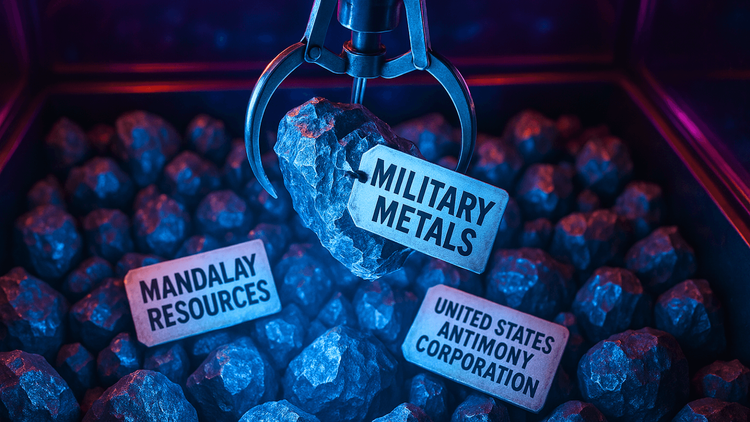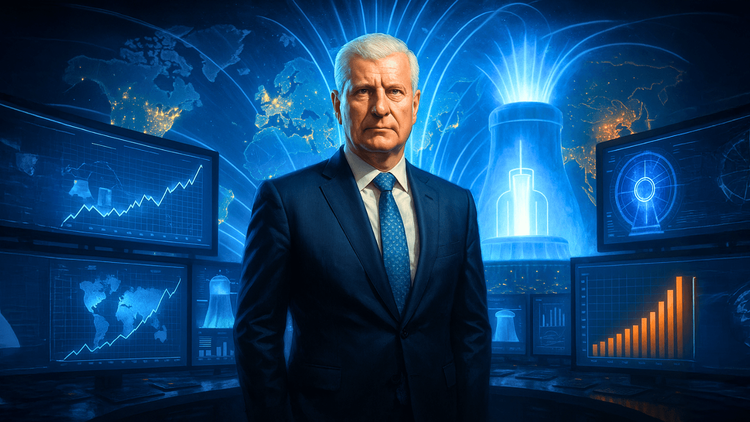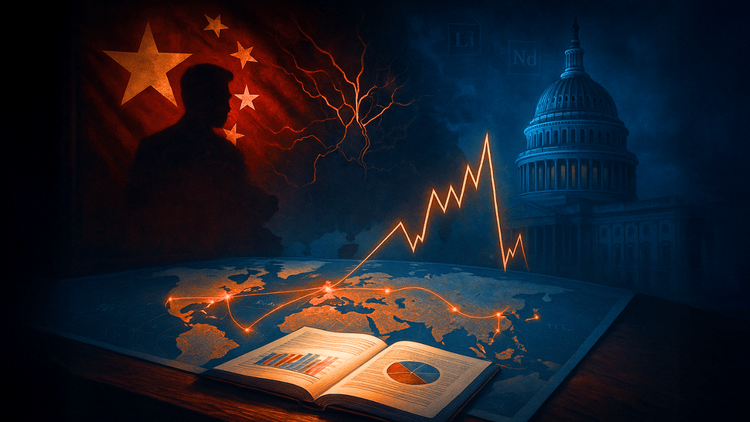From Brussels to the Battlefield: Antimony’s Role in NATO’s Future
How a Little-Known Mineral Could Make or Break NATO’s Defense Dreams

Buckle up, NATO allies—U.S. Defense Secretary Pete Hegseth just dropped a truth bomb at the Brussels defense ministers’ meeting: America’s not your personal bodyguard anymore. With President Trump casting shade on NATO’s Article 5 mutual defense clause, allies are being told to flex their own muscles, aiming for a beefy 5% GDP defense spending target by the upcoming Hague summit. But here’s the real kicker: no amount of cash will keep NATO’s tanks rolling or missiles soaring without a steady supply of critical minerals like antimony. Yes, antimony—the obscure metal that’s quietly powering your night vision goggles and ammo. Let’s unpack why this underdog mineral is the linchpin of NATO’s “peace through strength” mantra and how China’s grip on it could leave the alliance scrambling.
The NATO Wake-Up Call: Less Reliance, More Resilience
Hegseth’s message was crystal clear: “It cannot and will not be reliance on America” Politico, June 5, 2025. NATO’s defense ministers, gathered in Brussels on June 5, 2025, are hashing out updated capability targets—think shiny new jets, drones, and missile systems—and a bold 5% GDP spending goal. But fancy hardware needs raw materials, and that’s where critical minerals like antimony enter the chat. Used in everything from infrared sensors to munitions stabilizers, antimony is the unsung hero of modern warfare Silverado Policy Accelerator, 2024.
Why does this matter? Because NATO’s push for self-reliance isn’t just about spending more—it’s about securing the stuff that makes military tech tick. Without antimony, your night vision goggles are just fancy binoculars, and your precision-guided missiles are about as useful as paperweights.







